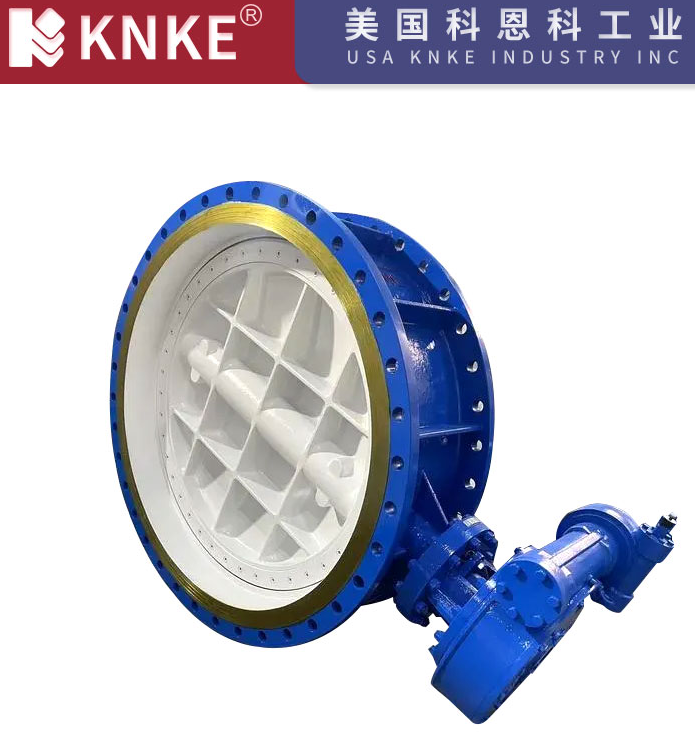Electric Butterfly Valve Structural Features
Electric butterfly valves are essential components used in fluid flow control across various industries. They are designed with unique structural features that provide clear advantages, especially under high-pressure and high-temperature conditions. Below, we detail the structural characteristics of the electric butterfly valve.

1. Stable Sealing Performance Under High Temperature and High Pressure
Electric butterfly valves utilize a specialized sealing system that ensures stable sealing performance from ultra-low temperatures to extreme high temperatures. This system guarantees high sealing effectiveness in various temperature ranges, ensuring safe and stable operation of the equipment.
2. Three-Dimensional Eccentric Sealing System
The electric butterfly valve employs a three-dimensional eccentric sealing system combined with a well-optimized design to reduce opening resistance. The valve’s disc features a cone-shaped surface that rises upwards, allowing for uniform separation from the sealing ring during opening. Solid materials are less likely to accumulate on the sealing surface, ensuring smoother operation. The closing process utilizes the elastic compression of the sealing ring, maintaining a consistent seal.
3. No Sticking Between the Disc and the Sealing Ring
During operation, the electric butterfly valve eliminates the possibility of the disc and sealing ring sticking together, even under harsh conditions. This ensures reliable sealing performance and prevents operational issues caused by sticking.
4. Sealing Performance Unaffected by Temperature Changes
Unlike conventional valves, the electric butterfly valve’s sealing performance remains unaffected by temperature fluctuations. This consistent sealing performance ensures reliable operation under varying thermal conditions, making it suitable for a broad range of industrial environments.
5. Graphite-Sealed Shaft Design
The valve’s shaft utilizes a graphite-pressed sealing ring, providing a high-quality seal. This contributes to the valve’s zero-leakage capability. The metal seal, combined with a fire-safe design, ensures that the valve remains leak-free during and after exposure to fire, meeting essential fire safety standards.
The electric butterfly valve’s advanced sealing performance, optimized structural design, and ability to maintain functionality in high-temperature and high-pressure environments make it an essential choice for modern industrial flow control systems.

Thanks for highlighting the structural advantages of electric butterfly valves. I’m curious — are different sealing materials typically selected depending on whether the application involves extremely low or high temperatures? It would be interesting to learn how material choices impact overall valve performance.